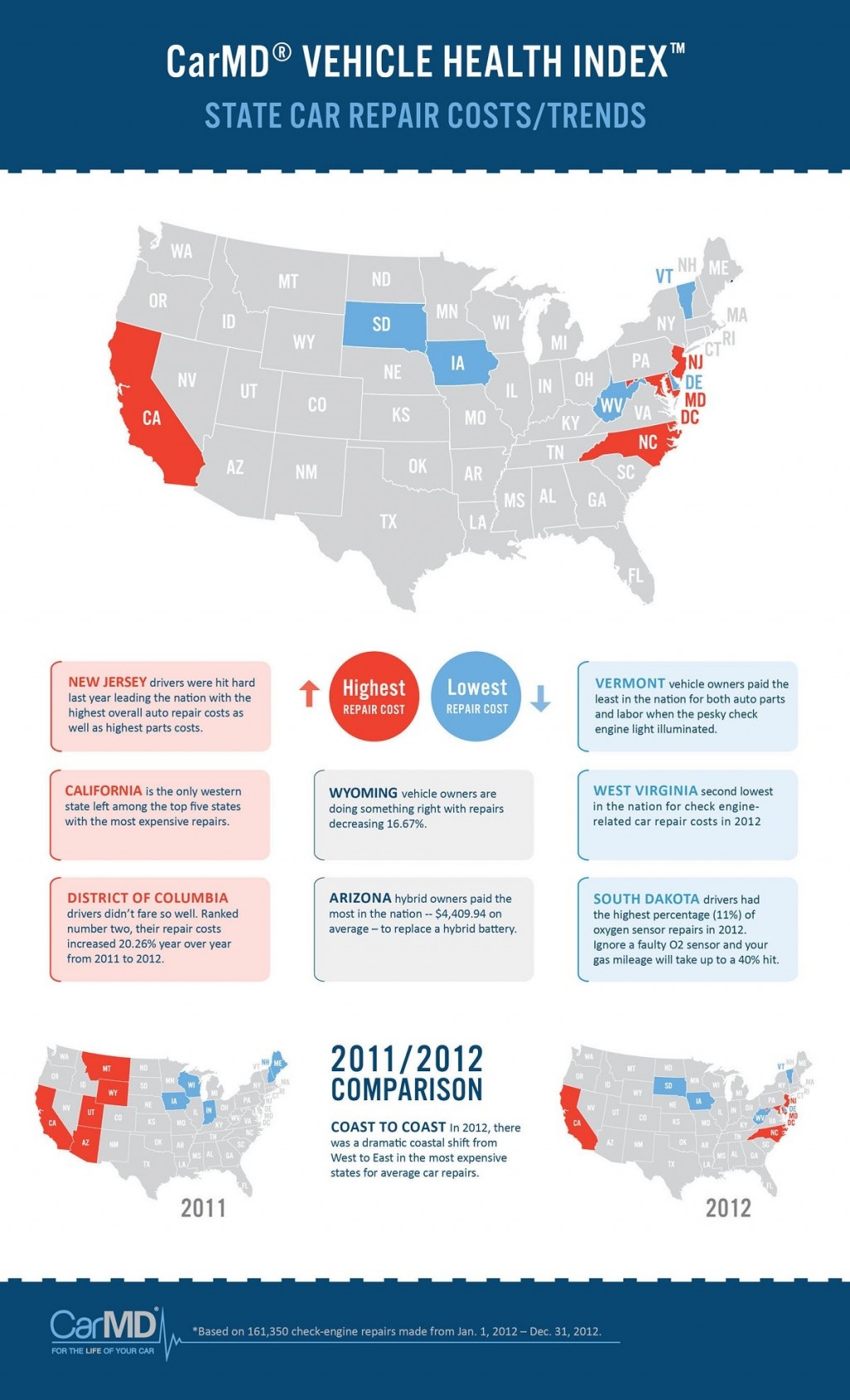Recognizing Your Cars And Truck'S Caution Lights: What Do They Truly Mean?
Recognizing Your Cars And Truck'S Caution Lights: What Do They Truly Mean?
Blog Article
Short Article Created By-Termansen Forbes
When you're behind the wheel, those glowing warning lights on your control panel can be a bit perplexing. Do you recognize what they're trying to tell you about your cars and truck's health? Comprehending the relevance of these lights is vital for your security and the long life of your vehicle. So, the following time among those lights pops up, would not you intend to decode its message accurately and take the necessary actions to address it?
Common Caution Lights and Interpretations
Identify usual warning lights in your automobile and understand their significances to ensure secure driving.
The most regular caution lights include the check engine light, which signals issues with the engine or emissions system. If this light comes on, it's vital to have your automobile checked without delay.
The oil stress warning light shows low oil stress, requiring prompt focus to avoid engine damages.
A blinking battery light may suggest a malfunctioning charging system, potentially leaving you stranded otherwise resolved.
The tire pressure tracking system (TPMS) light notifies you to low tire pressure, influencing vehicle stability and fuel efficiency. Disregarding what is it worth might lead to hazardous driving problems.
The abdominal muscle light shows a problem with the anti-lock stopping system, endangering your ability to stop swiftly in emergencies.
Lastly, the coolant temperature level cautioning light warns of engine getting too hot, which can result in extreme damage otherwise fixed swiftly.
Recognizing these usual caution lights will certainly assist you attend to problems without delay and preserve secure driving problems.
Value of Prompt Attention
Recognizing the usual caution lights in your cars and truck is just the initial step; the importance of immediately addressing these cautions can't be stressed sufficient to guarantee your safety on the road.
When a caution light brightens on your control panel, it's your car's means of connecting a possible problem that needs focus. Overlooking these cautions can result in a lot more serious troubles in the future, endangering your safety and potentially costing you much more out of commission.
Prompt attention to cautioning lights can protect against failures and accidents. As an example, a blinking check engine light could indicate a misfire that, if left ignored, could create damages to the catalytic converter. Resolving https://oilchangedealsnearme17062.blog-kids.com/32294167/how-mobile-automobile-detailing-providers-can-save-you-money-and-time can save you from a pricey fixing.
Similarly, a brake system advising light might signify low brake liquid or used brake pads, vital elements for your security when driving.
DIY Troubleshooting Tips
If you notice a warning light on your dashboard, there are a few DIY fixing suggestions you can try before looking for specialist help.
The initial step is to consult your auto's handbook to comprehend what the particular caution light suggests. In some cases the concern can be as easy as a loosened gas cap triggering the check engine light. Tightening up the gas cap may solve the problem.
Another common concern is a reduced battery, which can activate different cautioning lights. Inspecting the battery links for corrosion and guaranteeing they're safe and secure might deal with the problem.
If a caution light lingers, you can attempt resetting it by disconnecting the auto's battery for a couple of mins and then reconnecting it. Additionally, checking your lorry's liquid degrees, such as oil, coolant, and brake liquid, can help fix warning lights connected to these systems.
Verdict
In conclusion, understanding your vehicle's caution lights is important for keeping your lorry running efficiently and securely. By promptly resolving these signals and understanding what they suggest, you can stay clear of expensive fixings and possible malfunctions.
Keep in mind to consult your automobile's manual for specific details on each cautioning light and do something about it appropriately to make sure a trouble-free driving experience.
Stay educated, remain secure when driving!
